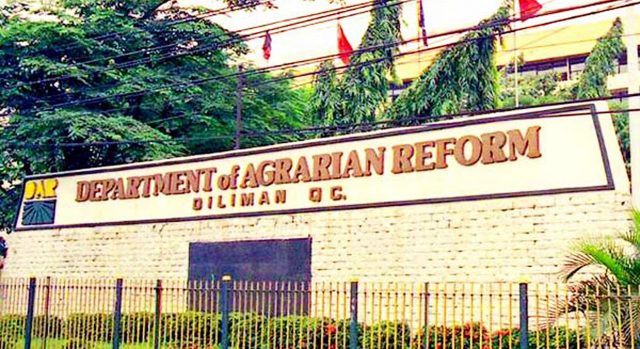Marcos backs drug war probe
MALACAÑANG on Tuesday said it supports the plan of the Philippine National Police to reinvestigate high-profile killings under the Duterte administration’s war on drugs.
The move “should indicate that the Marcos administration places the highest importance on the fair dispensation of justice and on the universal observance of the rule of law in the country,” Executive Secretary Lucas P. Bersamin said in a Viber message to reporters.
The Philippine National Police said in a briefing on Tuesday that the Criminal Investigation and Detection Group would look into more key personalities killed at the height of former President Rodrigo R. Duterte’s deadly campaign against narcotics.
This, as CIDG investigates the case of Tanauan City Mayor Antonio Halili following the revelation of a retired police officer in House of Representatives hearings that cops were behind his murder in 2018.
Mr. Halili, known for his “shame campaign” against criminals and drug suspects, was killed by a still unidentified assailant during flag-raising rites at the city hall.
The government estimates that at least 6,117 people were killed in Mr. Duterte’s drug war between July 1, 2016, and May 31, 2022, but human rights groups say the death toll could be as high as 30,000.
The ICC investigation covers crimes committed in Davao City from November 2011 to June 2016 when Mr. Duterte was still its mayor, as well as cases during his presidency up until March 16, 2019, the day before the Philippines officially withdrew from the court’s Rome Statute.
Mr. Marcos had said the ICC had no jurisdiction over the Philippines, even ordering the government not to collaborate with the court.
The Department of Justice in August said it was willing to conduct a proper investigation with the right evidence.
A series of investigations led by a quad committee at the lower chamber has tagged Mr. Duterte, 79, as the main architect of a vigilante-style drug war.
Mr. Duterte will also be invited by Senator Ronald M. dela Rosa, along with his ex-Cabinet members to answer questions about his administration’s deadly drug war. Mr. Dela Rosa served as a national police chief during Mr. Duterte’s term.
“Yes, we will call him as well as his former Cabinet members who could serve as resource persons,” he told reporters in a phone interview, based on a recording sent via Viber.
He said the former President is likely to attend and feel more comfortable participating in a Senate inquiry over the lower House’s probe.
In a statement, Senate President Pro-Tempore Jose “Jinggoy” P. Estrada, Jr. said Mr. Duterte’s participation in the Senate’s probe is crucial to ensure transparency in the proceedings.
“The testimony of the former president on the issue is crucial in uncovering the truth and ensuring that justice is served for all affected parties,” he said. — Kyle Aristophere T. Atienza and John Victor D. Ordoñez











